Premium Only Content
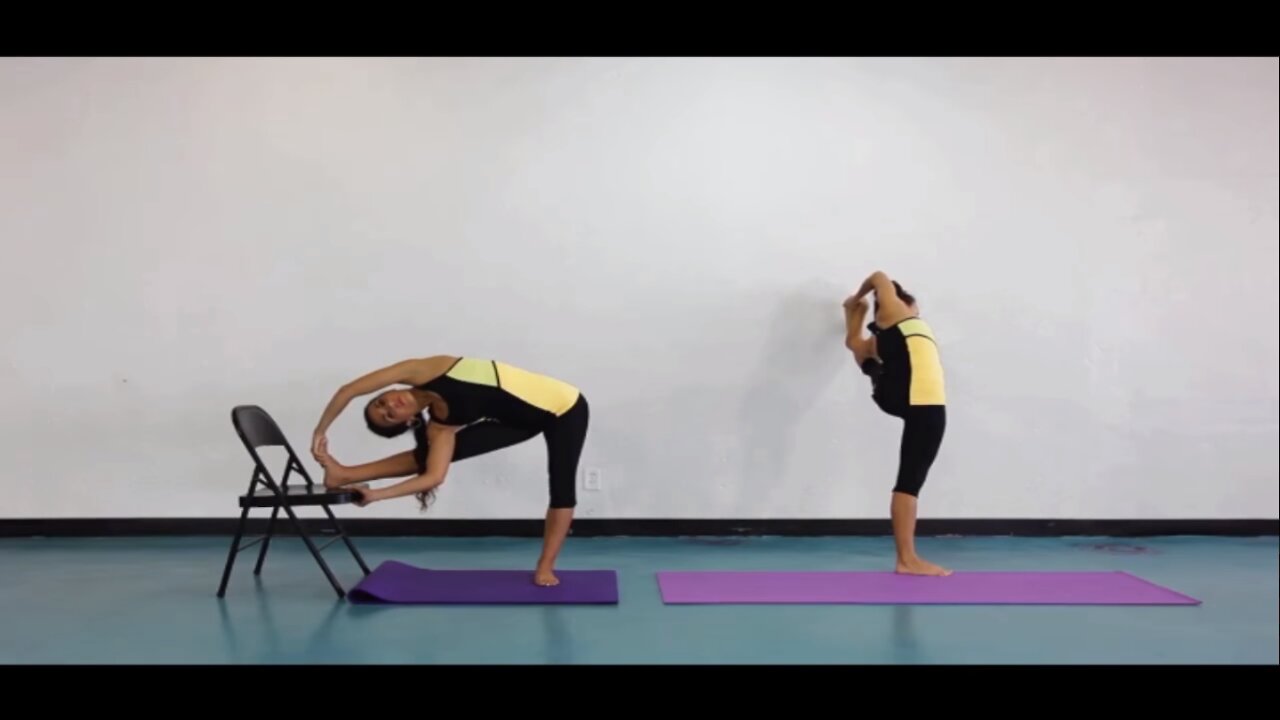
How to relax the antagonists to prevent injuries Part 2 | Paul Zaichik | Easyflexibility
In the last article we talked about the location of pain and location of causes of that pain. Often the cause is not found at the site of pain, but at the antagonist muscle group. You can read part 1 here.
https://www.easyflexibility.com/blogs...
Today we’ll talk about what you can do to lessen your chance of injury, by minimizing the inhibition of a muscle group and its tendons by the antagonists.
1- Moving or static pressure
This can be a massage. Strokes can be applied along the fibers of the muscles or across. If there are tight spots, pressure can be applied and held till muscles begin to release.
For example massaging the Latissimus Dorsi to take away anterior and middle deltoid inhibition.
2- Stretching
Relaxed Stretches or ZSTs can be applied to the antagonist.
For example stretching the Psoas and other hip flexors to allow glutes to contract with more force.
3- Mobility Exercises
This can be swing, circles or other type of movement. For example, head circles.
4- External Applications
This can be transdermal magnesium, castor oil or moist heat. This approach of course is not appropriate in every situation. It is most often applicable when training at home.
5- Sequence
This applies the most when doing strength training. If training to fatigue, the antagonist will shorten and get in a way of maximum contraction of the injured muscles and their tendons.
For example if front or outside of the shoulder is prone to injury. Do the pushing exercises first and pulling second (ie: shoulder press before pull ups).
Find out more about a special program that will help you deal with pain:
https://www.easyflexibility.com
-
 0:32
0:32
ElasticSteel
4 years ago $0.01 earnedSide Splits 18 Minute Routine!
62 -
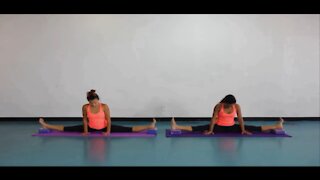 3:28
3:28
Stretching Made Easy
4 years ago $0.01 earnedHow to avoid injuries common hidden injuries explained part 1 | Paul Zaichik | Easyflexibility
263 -
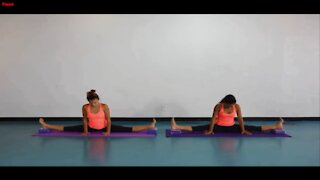 3:07
3:07
ElasticSteel
4 years agoCauses of Pain and Injuries Why Pain and Injuries reaccure Paul Zaichik EasyFlexibility Elasticsteel
18 -
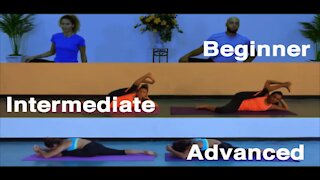 4:04
4:04
Stretching Made Easy
4 years agoStrength vs Flexibility Importance for Leg Height - Paul Zaichik - Easyflexibility - ElasticSteel
62 -
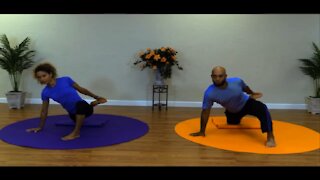 3:06
3:06
Stretching Made Easy
4 years ago $0.01 earnedAchillis Tendonitis Dancers Runners Gymnasts Fighters | Easyflexibility | Paul Zaichik
2211 -
 6:06
6:06
Stretching Made Easy
4 years ago $0.01 earnedPsoas Test Which Hip Flexors Are Tight Paul Zaichik l EasyFlexibility l ElasticSteel
170 -
 2:44
2:44
Stretching Made Easy
4 years agoInjury Prevention | Fallacy of Scheduled Progress #2 | Paul Zaichik | Elasticsteel | Easyflexibility
73 -
 0:13
0:13
Laugh with the animal world
4 years agoRelax relax
100 -
 31:56
31:56
The Church Split
4 years ago $0.01 earnedUnity: How to Prevent a Church Split
35 -
 2:46
2:46
ElasticSteel
4 years agoWinter Workout Warm Up Injury Prevention l Paul Zaichik l ElasticSteel l EasyFlexibiity
48